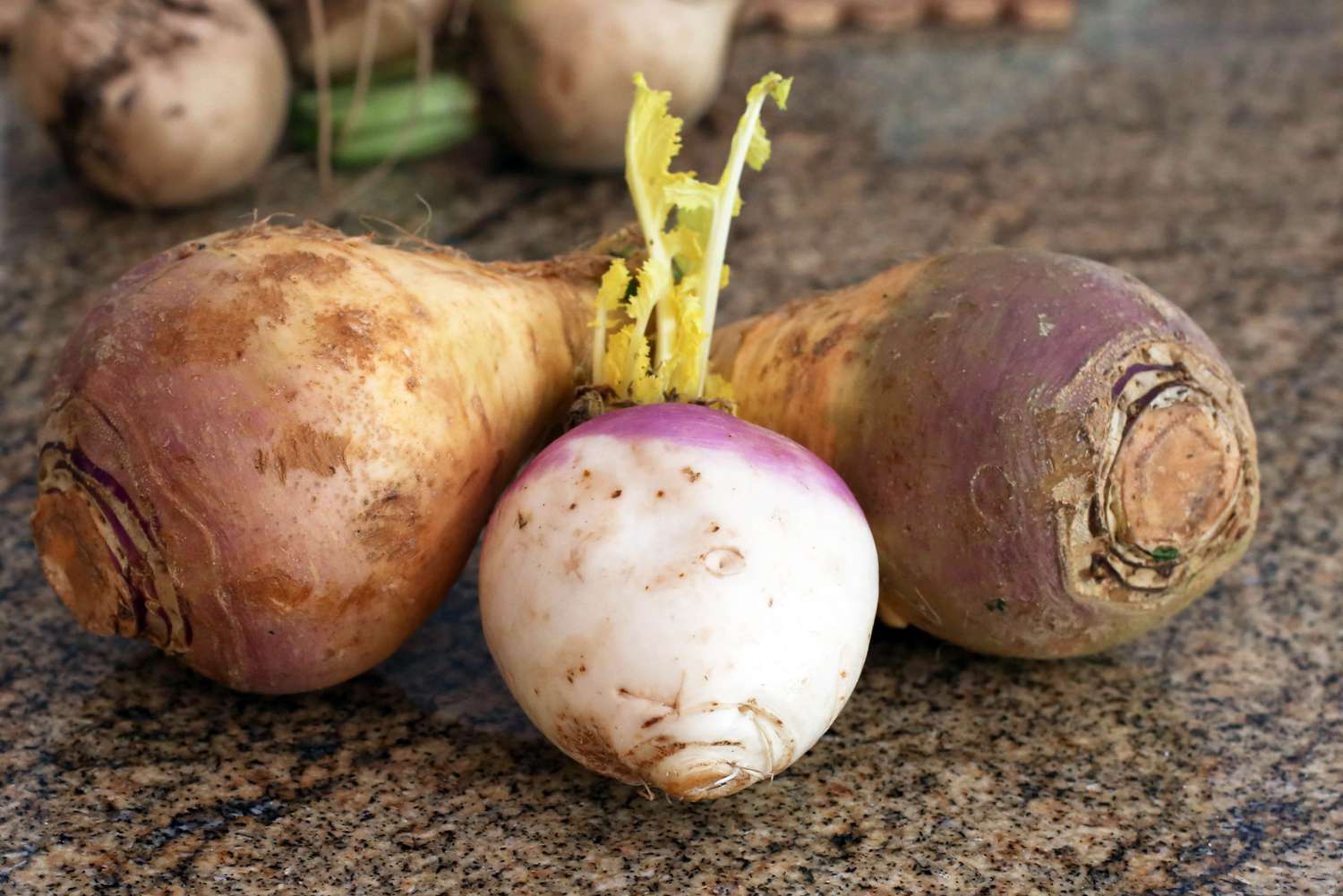

Articles
How To Store Rutabaga
Modified: January 6, 2024
Learn how to store rutabaga in this informative article. Discover the best methods and tips for keeping your rutabagas fresh and tasty.
(Many of the links in this article redirect to a specific reviewed product. Your purchase of these products through affiliate links helps to generate commission for Storables.com, at no extra cost. Learn more)
Introduction
When it comes to root vegetables, rutabagas are a delicious and versatile option. These hearty and nutritious vegetables are a cross between turnips and cabbage, offering a unique flavor profile that pairs well with a variety of dishes. Whether you’re a fan of roasted rutabaga wedges, creamy mashed rutabagas, or spicy rutabaga fries, it’s important to know how to properly store these vegetables to keep them fresh and flavorful for longer.
In this article, we will guide you through the process of storing rutabagas to ensure their longevity and quality. Whether you have a root cellar, a refrigerator, or you prefer to freeze or can your rutabagas, we will cover all the necessary tips and tricks to help you properly store these delightful root vegetables.
Before diving into the various storage methods, let’s first explore how to choose and select the best rutabagas for optimum storage.
Key Takeaways:
- Properly storing rutabagas is essential for preserving their freshness and flavor. Whether in a root cellar, refrigerator, freezer, or canning jars, the right storage methods can extend the shelf life of these versatile root vegetables.
- Handle rutabagas with care, store them away from ethylene producers, and regularly check for spoilage to prevent issues. Utilize the edible leaves and rotate your stock to make the most of your rutabaga supply.
Read more: How To Store Rutabaga After Cutting
Choosing and Selecting Rutabagas
When it comes to selecting rutabagas for storage, it’s important to choose ones that are in good condition and free from any signs of damage or decay. Here are some tips to help you choose the best rutabagas:
- Look for rutabagas that are firm and heavy for their size. Avoid any that feel soft or have wrinkled skin, as these are signs of poor quality or age.
- Inspect the skin of the rutabagas. It should be smooth and free from any cuts, bruises, or blemishes. These imperfections can lead to spoilage during storage.
- Check the tops of the rutabagas. They should be fresh and vibrant, indicating that the vegetable is still in good condition. Avoid rutabagas with wilted or discolored tops.
- Avoid rutabagas with excessively large or long stems, as these can indicate that the vegetable is old and may not store well.
- Consider the size of the rutabagas. Smaller ones tend to be sweeter and have a milder flavor, while larger ones can be more fibrous and have a stronger flavor. Choose the size that best suits your preferences and intended use.
By following these guidelines, you can ensure that you select the best rutabagas for storage, which will ultimately result in better quality and flavor when it comes time to enjoy them.
Preparing Rutabagas for Storage
Before storing rutabagas, it’s important to properly prepare them to maximize their shelf life. Here are the steps to follow for preparing rutabagas for storage:
- Start by removing any excess dirt or soil from the rutabagas. Gently scrub the skin with a vegetable brush under cool running water.
- Trim off any long stems or leaves, leaving about an inch of stem attached to the rutabaga. This will help prevent moisture loss and potential rotting.
- If there are any blemishes or bruises on the rutabagas, carefully cut them away with a knife. Be sure to remove any damaged areas to prevent them from spreading and causing spoilage during storage.
- Allow the rutabagas to air dry for a few minutes after washing and trimming. This will help remove any excess moisture, which can lead to rotting during storage.
- Optional: If you prefer, you can peel the rutabagas before storing them. However, leaving the skin intact can help prolong their shelf life. If you decide to peel them, use a vegetable peeler to remove the outer skin.
By following these preparation steps, you can ensure that your rutabagas are clean, trimmed, and ready for storage. Properly preparing them will help extend their freshness and prevent any issues that may arise during storing, such as moisture buildup or the spread of spoilage.
Best Storage Conditions for Rutabagas
To ensure the longest possible shelf life for rutabagas, it’s crucial to store them under the right conditions. Here are the key factors to consider when it comes to storing rutabagas:
Temperature
Rutabagas prefer to be stored in cool temperatures. The ideal temperature range for storing rutabagas is between 32°F (0°C) and 40°F (4°C). This temperature range helps to slow down the vegetable’s respiration rate, thereby extending its storage life.
Read more: How To Plant Rutabaga Seeds
Humidity
Rutabagas like to be stored in a relatively high humidity environment. Aim for a humidity level of around 85% to prevent the vegetables from drying out. You can achieve this by storing rutabagas in a root cellar, which naturally provides a more humid environment. Alternatively, you can create a similar environment in your refrigerator or by using humidity-controlled storage containers.
Air Circulation
Good air circulation is essential for rutabagas to stay fresh. Make sure there is proper ventilation around the stored rutabagas to prevent the buildup of moisture and the growth of mold or bacteria. Avoid overcrowding the storage area to allow air to circulate freely between the vegetables.
Light Exposure
Rutabagas should be stored in a dark environment to prevent them from sprouting or developing bitter flavors. Keep them away from direct light, such as sunlight or bright overhead lights. A root cellar or a cool, dark corner in a basement or pantry is an ideal storage location.
By considering these storage conditions, you can create an environment that maximizes the shelf life of rutabagas, ensuring that they stay fresh, flavorful, and ready to be enjoyed for an extended period of time.
Storing Rutabagas in a Root Cellar
If you have access to a root cellar, it is an excellent storage option for rutabagas. Root cellars provide the ideal conditions of cool temperature, high humidity, and good air circulation. Here are the steps to follow when storing rutabagas in a root cellar:
- Choose a dry, cool corner of the root cellar that maintains a consistent temperature between 32°F (0°C) and 40°F (4°C).
- Clear the area and clean it thoroughly to remove any debris or dirt that could potentially contaminate the rutabagas.
- Create shelves or racks to organize the rutabagas, ensuring that there is ample space between them for proper air circulation.
- Place the rutabagas on the shelves, taking care not to overcrowd them. It’s best to store them in a single layer to prevent weight from crushing the vegetables below.
- Monitor the root cellar regularly to ensure the temperature and humidity levels remain consistent. Make any necessary adjustments to maintain the ideal conditions.
- Check the rutabagas periodically for signs of spoilage, such as mold, soft spots, or unpleasant odors. Remove any damaged ones immediately to prevent the spread of spoilage.
Storing rutabagas in a root cellar can extend their shelf life for several months, allowing you to enjoy them throughout the winter. Just be sure to maintain the proper temperature, humidity, and airflow to keep the rutabagas in optimal condition.
Read more: How To Store Basil From Store
Storing Rutabagas in the Refrigerator
If you don’t have access to a root cellar, storing rutabagas in the refrigerator is a convenient alternative. While the conditions in the refrigerator may not be as ideal as a root cellar, it can still help extend the shelf life of rutabagas. Here’s how to store rutabagas in the refrigerator:
- Start by cleaning and preparing the rutabagas as mentioned earlier.
- Place the unwashed rutabagas in a perforated plastic bag or a vegetable storage bag. This helps maintain the proper humidity level while allowing for some airflow.
- Store the rutabagas in the crisper drawer of the refrigerator. This area usually offers higher humidity than other parts of the fridge.
- Make sure the temperature in the crisper drawer is set to approximately 32°F (0°C) to 40°F (4°C), as this is the ideal temperature range for rutabaga storage.
- Check the rutabagas regularly for any signs of spoilage. Remove any rotten or damaged ones to prevent the spread of spoilage to the rest.
- Try to use the stored rutabagas within 2-3 weeks to ensure optimal freshness and taste.
While the refrigerator is not the perfect storage environment for rutabagas, it can still help prolong their shelf life compared to leaving them at room temperature. Just remember to monitor the rutabagas regularly and use them within a reasonable timeframe to enjoy their best flavor and quality.
Freezing Rutabagas
If you have an abundance of rutabagas or want to preserve them for longer-term storage, freezing is an excellent option. Freezing rutabagas helps retain their flavor and texture while extending their shelf life. Here’s a step-by-step guide on how to freeze rutabagas:
- Start by cleaning, peeling, and trimming the rutabagas. Remove any blemishes or damaged areas.
- Cut the rutabagas into small, uniform pieces or cubes. This will help them freeze and thaw more evenly.
- Blanch the rutabaga pieces by submerging them in boiling water for 2-3 minutes, depending on their size. Blanching helps preserve their color, texture, and nutrients.
- After blanching, immediately transfer the rutabaga pieces to an ice bath to halt the cooking process and cool them down quickly.
- Once cooled, drain the rutabaga pieces thoroughly and pat them dry with a clean towel or paper towels.
- Transfer the dried rutabaga pieces into airtight freezer bags or containers. Remove as much air as possible to prevent freezer burn.
- Label the bags or containers with the freezing date and store them in the freezer.
- Frozen rutabagas can stay good for up to 10-12 months, but for the best quality, try to use them within 6-8 months.
When you’re ready to use the frozen rutabagas, simply remove the desired amount from the freezer and thaw them in the refrigerator overnight or in a microwave on the defrost setting. Frozen rutabagas are perfect for soups, stews, casseroles, or roasted vegetable dishes.
Remember that freezing can slightly alter the texture of rutabagas, making them softer. However, they will still retain their flavor and nutritional value, making them a convenient and economical option for long-term storage.
Canning Rutabagas
If you’re looking for a method to store rutabagas that doesn’t require freezer space, canning is a great option. Canning rutabagas allows you to preserve them in jars, ready to use whenever you need them. Here’s a step-by-step guide on how to can rutabagas:
- Start by cleaning, peeling, and trimming the rutabagas. Remove any blemishes or damaged areas.
- Cut the rutabagas into small cubes or slices, depending on your preference.
- Prepare a brine solution by dissolving 1 tablespoon of salt per quart of water. You can adjust the amount based on your taste preference.
- Bring a large pot of water to a boil. Add the rutabaga cubes/slices and blanch them for 3-5 minutes to slightly soften them.
- Next, transfer the blanched rutabagas into clean, sterilized canning jars, leaving about 1 inch of headspace at the top.
- Pour the prepared brine solution into the jars, covering the rutabagas completely and leaving the 1 inch of headspace.
- Remove any air bubbles by running a knife or a utensil along the sides of the jar, gently stirring the contents.
- Wipe the rim of the jar with a clean, damp cloth to ensure a proper seal. Place the sterilized lids and screw bands on the jars.
- Process the jars in a canning water bath according to the recommended time based on your altitude and jar size. This helps kill any bacteria and ensures a safe seal.
- After processing, carefully remove the jars from the water bath and place them on a towel to cool. You may hear a popping sound as the jars seal.
- Once cooled, check the seals by pressing down on the center of each lid. If it does not pop back, it is properly sealed. Any unsealed jars should be refrigerated and used within a few days.
Canned rutabagas can be stored in a cool, dark place for up to 1 year. When you’re ready to use them, simply open a jar and drain the brine. Cook the rutabagas as desired, whether it’s in a stew, stir-fry, or mashed rutabaga dish.
Canning rutabagas is a great way to have preserved vegetables on hand for year-round enjoyment. Just make sure to follow proper canning techniques and guidelines to ensure safe and effective preservation.
Rutabaga Storage Tips and Tricks
To make the most of your rutabagas and ensure they stay fresh and flavorful for as long as possible, here are some additional storage tips and tricks to keep in mind:
Read more: How To Store Store-Bought Bread
Handle with Care
When handling rutabagas, be gentle to avoid bruising or damaging the vegetables. Even small wounds can lead to faster spoilage, so treat them with care during harvesting, cleaning, and storage.
Separate from Ethylene Producers
Rutabagas are sensitive to ethylene gas, which is produced by certain fruits and vegetables. To prevent premature ripening or spoilage, store rutabagas separate from ethylene-producing produce such as apples, bananas, and tomatoes.
Store Whole Rutabagas
If you want to maximize the shelf life of rutabagas, store them whole and uncut. Once a rutabaga is cut, it is more prone to spoilage and moisture loss. Only cut them right before you plan to use them to maintain their freshness.
Regularly Check for Spoilage
Regularly inspect your stored rutabagas for any signs of spoilage, such as mold, soft spots, or unpleasant odors. Remove any damaged or spoiled rutabagas immediately to prevent the spread of spoilage to others.
Read more: How To Store Basil From Grocery Store
Utilize the Leaves
The green leaves attached to rutabagas are edible and can be used in cooking. If you find the leaves starting to wilt or yellow, remove them and use them in recipes like soups, stews, or sautés. This way, you can make the most out of the entire vegetable.
Rotate Your Stock
If you have multiple rutabagas in storage, it’s a good idea to rotate your stock. Use the older ones first to ensure none go to waste. This way, you’ll maintain a fresh supply of rutabagas and minimize any potential loss.
By following these storage tips and tricks, you can prolong the shelf life of your rutabagas and enjoy their delicious flavor for an extended period. Whether you store them in a root cellar, refrigerator, freezer, or canning jars, these practices will help ensure that your rutabagas stay fresh and ready to enhance your favorite recipes.
Conclusion
Storing rutabagas properly is crucial for preserving their freshness and flavor. Whether you have a root cellar, refrigerator, or prefer to freeze or can them, following the right storage methods can extend the shelf life of these versatile root vegetables.
When selecting rutabagas, choose ones that are firm, free from blemishes, and have fresh tops. Properly preparing rutabagas by cleaning, trimming, and optionally peeling them ensures they are ready for storage.
For those with a root cellar, maintaining cool temperatures, high humidity, and good airflow are key to storing rutabagas successfully. If a root cellar is not an option, refrigeration provides a convenient alternative, with proper temperature and moisture levels in the crisper drawer.
Freezing rutabagas is an excellent long-term storage solution, while canning preserves them in jars for convenient use throughout the year. Both methods require blanching and following proper procedures to maintain quality and safety.
Remember to handle rutabagas with care, store them away from ethylene producers, and regularly check for spoilage to prevent the spread of issues to other vegetables. Utilizing the edible leaves and rotating your stock will help make the most of your rutabaga supply.
By implementing these storage tips and tricks, you can enjoy the delicious taste and nutritional benefits of rutabagas long after harvest. Whether you use them in comforting soups, hearty stews, roasted dishes, or as a side dish, properly stored rutabagas will add a delightful touch to your culinary creations.
So go ahead, stock up on rutabagas and store them using the methods outlined in this article. With the right storage techniques, you can enjoy the flavors of this versatile root vegetable for months to come!
Frequently Asked Questions about How To Store Rutabaga
Was this page helpful?
At Storables.com, we guarantee accurate and reliable information. Our content, validated by Expert Board Contributors, is crafted following stringent Editorial Policies. We're committed to providing you with well-researched, expert-backed insights for all your informational needs.





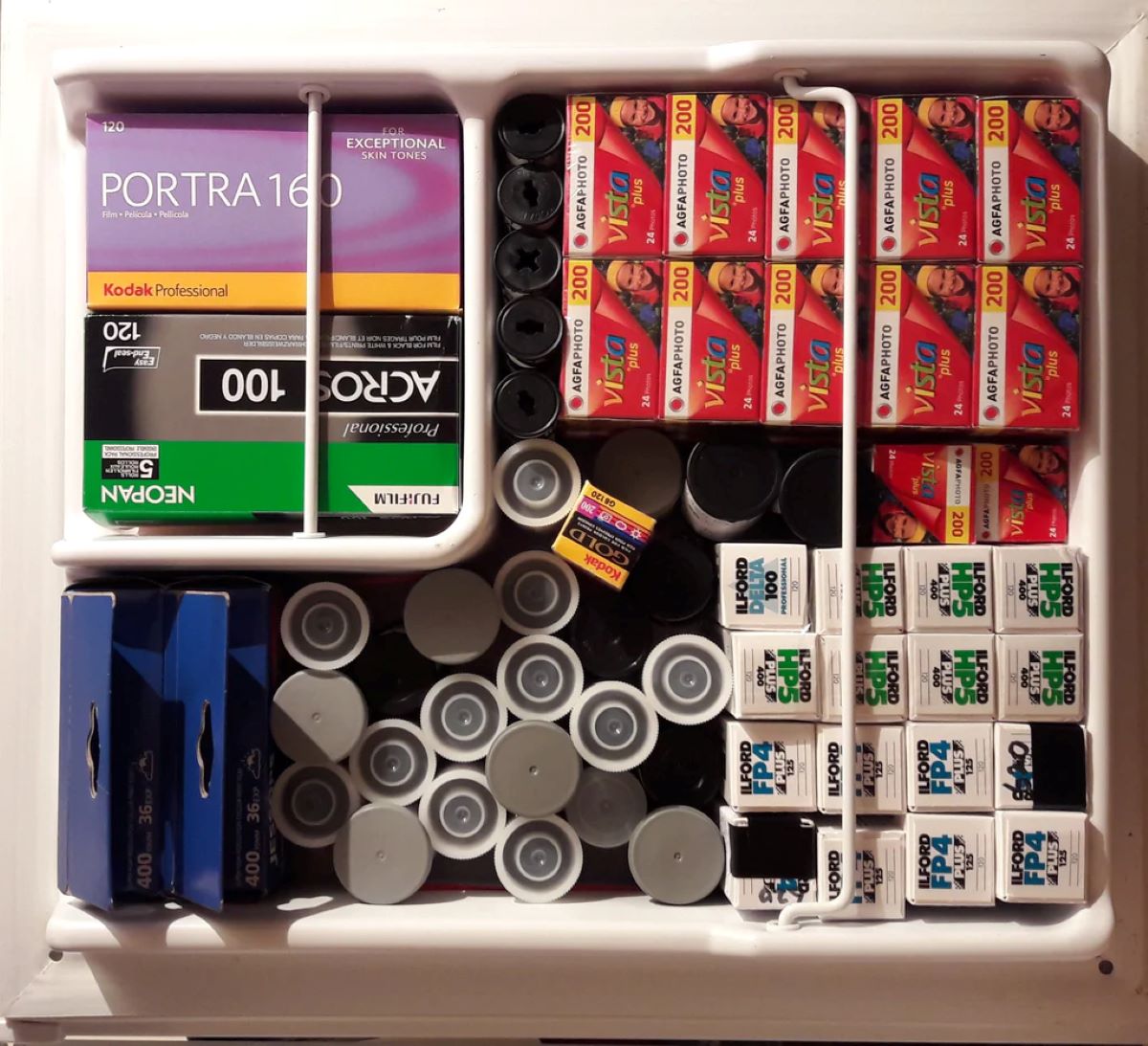

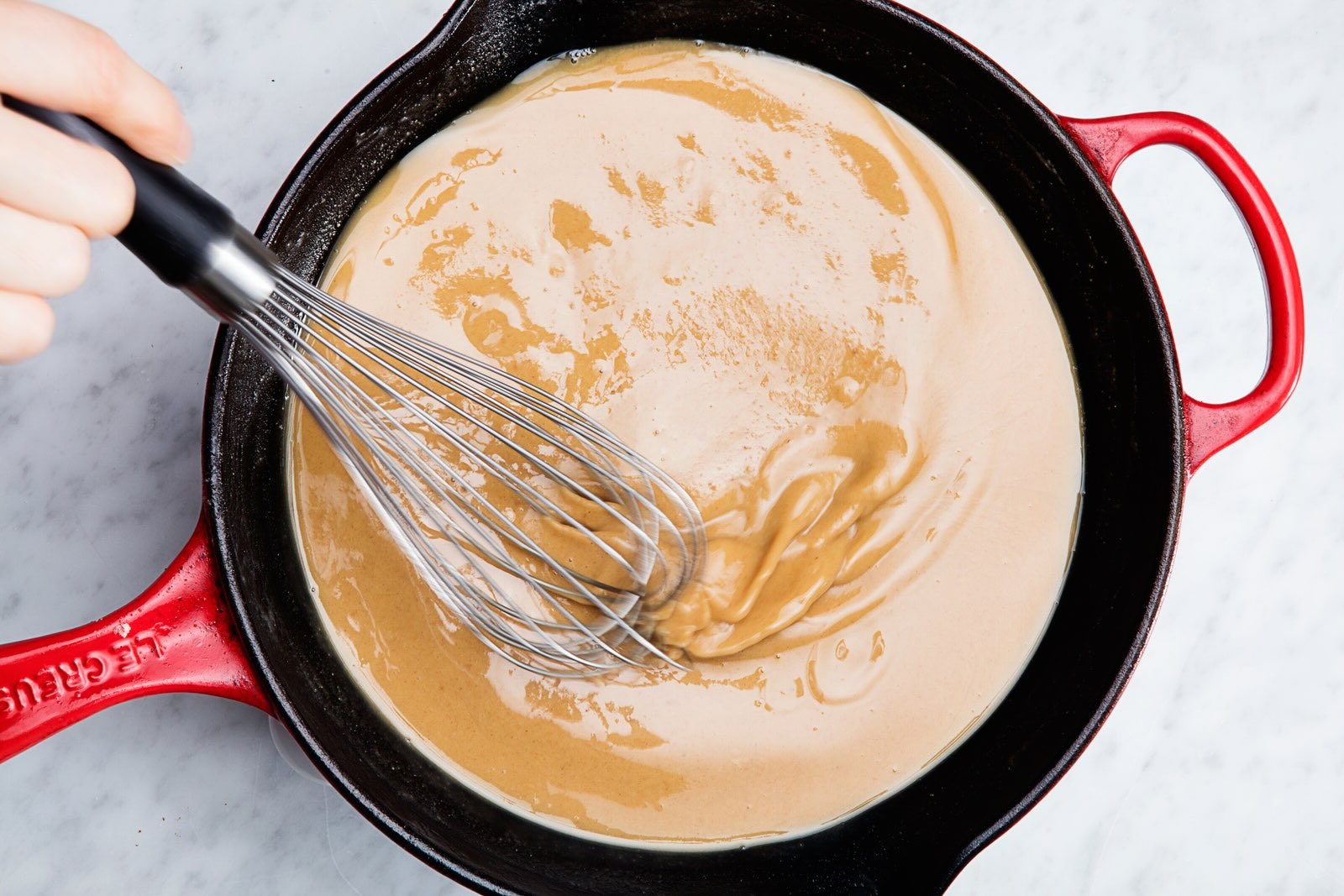
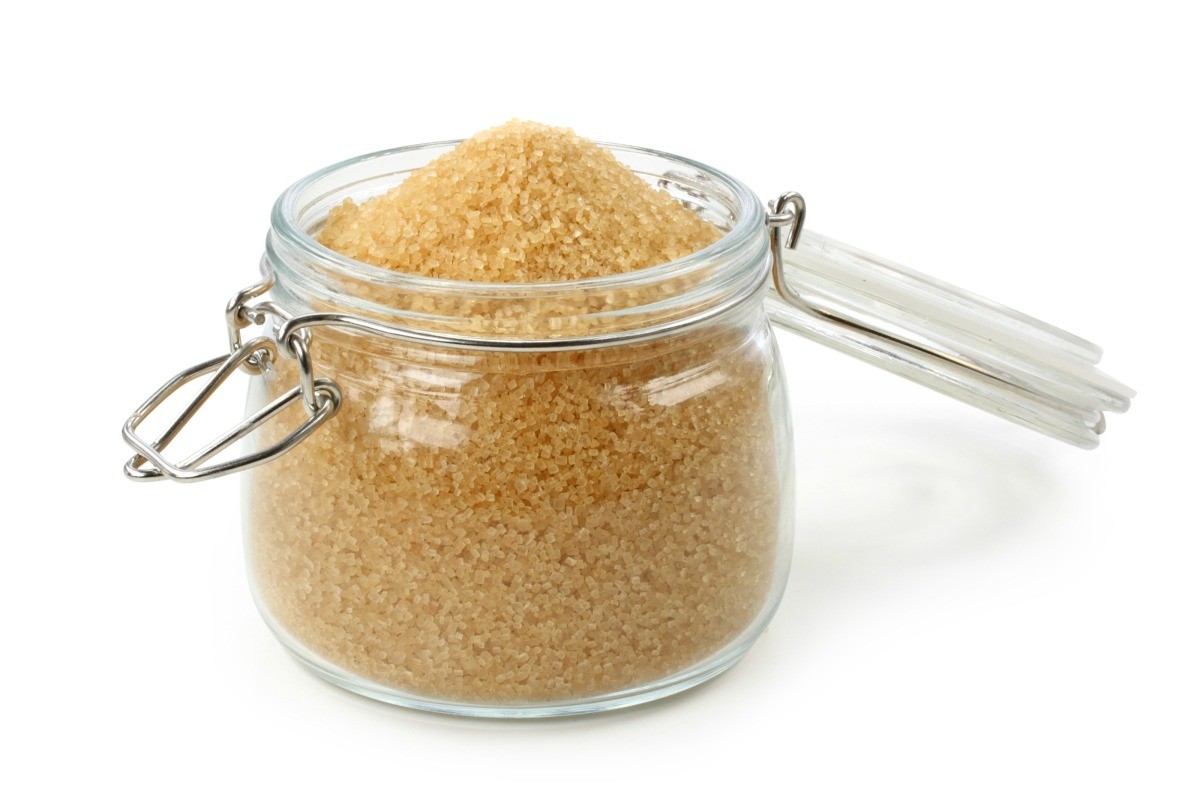

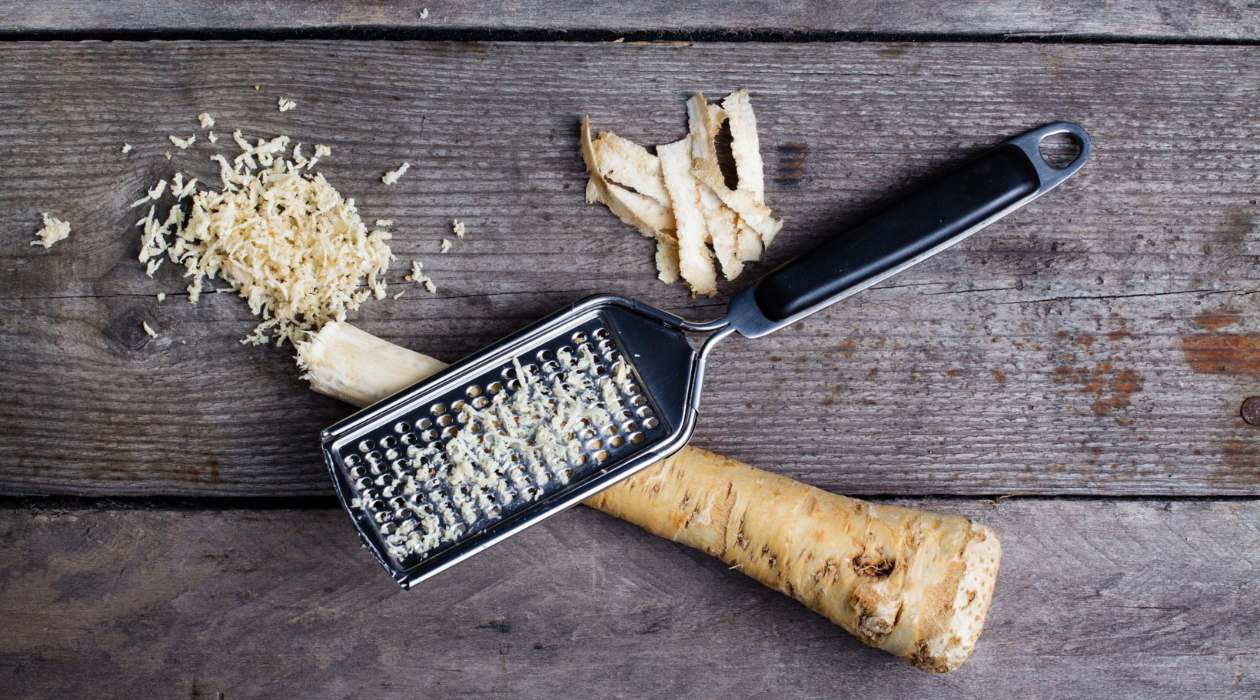

0 thoughts on “How To Store Rutabaga”